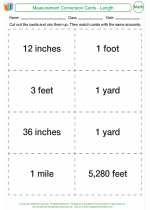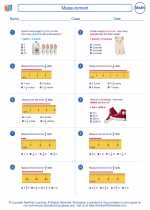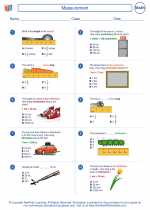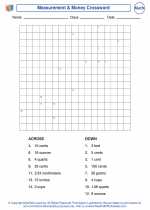Diagonals
In geometry, a diagonal is a line segment that connects two non-adjacent vertices of a polygon. The term "diagonal" can be used to refer to the line segment itself as well as the length of the line segment.
Properties of Diagonals in Different Shapes
Let's explore the properties of diagonals in different shapes:
Rectangle
In a rectangle, the diagonals are of equal length and bisect each other. They create four right angles at their point of intersection.
Square
Similar to a rectangle, the diagonals of a square are of equal length and bisect each other. They also create four right angles at their point of intersection.
Parallelogram
In a parallelogram, the diagonals bisect each other, which means they divide each other into two equal parts.
Rhombus
For a rhombus, the diagonals are perpendicular to each other and bisect each other at right angles.
Trapezoid
The diagonals of a trapezoid do not necessarily have any special properties, as they may not be of equal length or intersect at right angles.
Calculating the Length of Diagonals
The length of a diagonal can be calculated using the Pythagorean theorem for right-angled triangles. If the coordinates of the endpoints of the diagonal are known, the distance formula can be used to find the length of the diagonal.
Study Guide
To study diagonals effectively, consider the following key points:
- Understand the definition of a diagonal and its role in different polygons.
- Memorize the properties of diagonals in rectangles, squares, parallelograms, and rhombuses.
- Practice using the Pythagorean theorem and distance formula to calculate the length of diagonals.
- Work on solving problems related to diagonals in various shapes.
Understanding the concept of diagonals is important in geometry, as it provides insights into the relationships between different parts of polygons and helps in solving geometric problems.
.◂Math Worksheets and Study Guides Fourth Grade. Measurement

 Activity Lesson
Activity Lesson
 Activity Lesson
Activity Lesson
 Activity Lesson
Activity Lesson
 Worksheet/Answer key
Worksheet/Answer key
 Worksheet/Answer key
Worksheet/Answer key
 Worksheet/Answer key
Worksheet/Answer key
 Worksheet/Answer key
Worksheet/Answer key
 Worksheet/Answer key
Worksheet/Answer key
 Worksheet/Answer key
Worksheet/Answer key
 Worksheet/Answer key
Worksheet/Answer key
 Worksheet/Answer key
Worksheet/Answer key
 Worksheet/Answer key
Worksheet/Answer key
 Worksheet/Answer key
Worksheet/Answer key
 Vocabulary/Answer key
Vocabulary/Answer key
 Vocabulary/Answer key
Vocabulary/Answer key
 Vocabulary/Answer key
Vocabulary/Answer key
